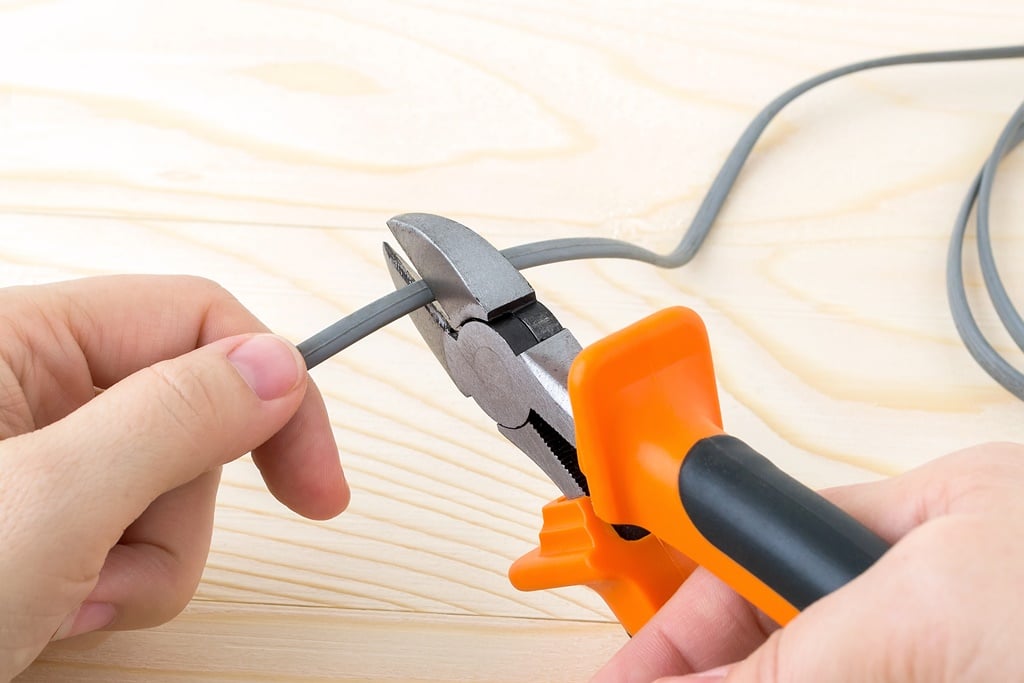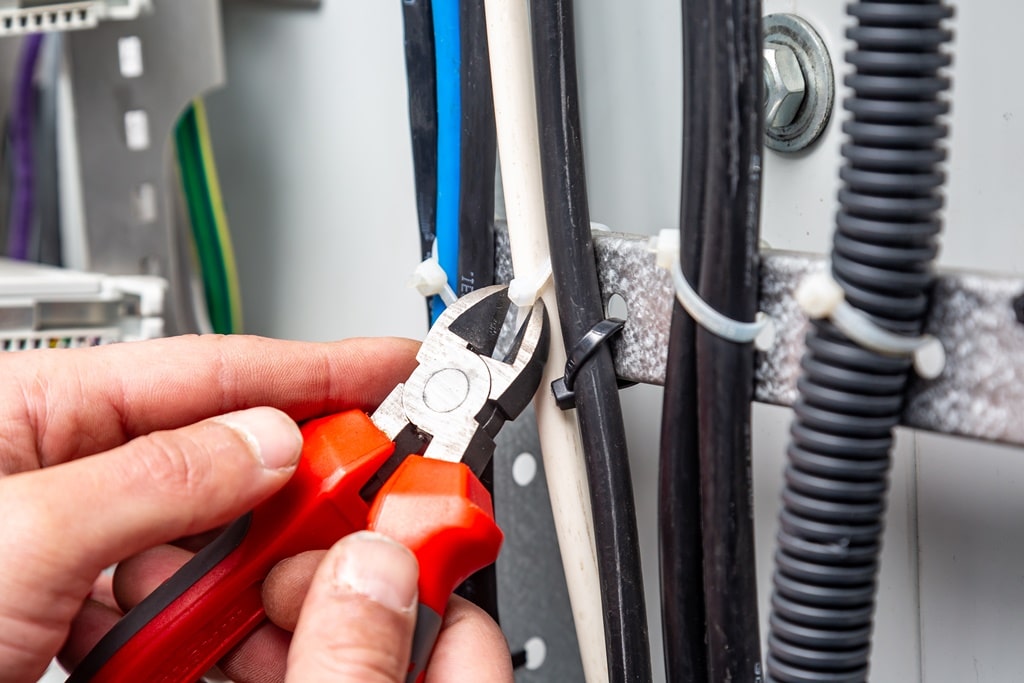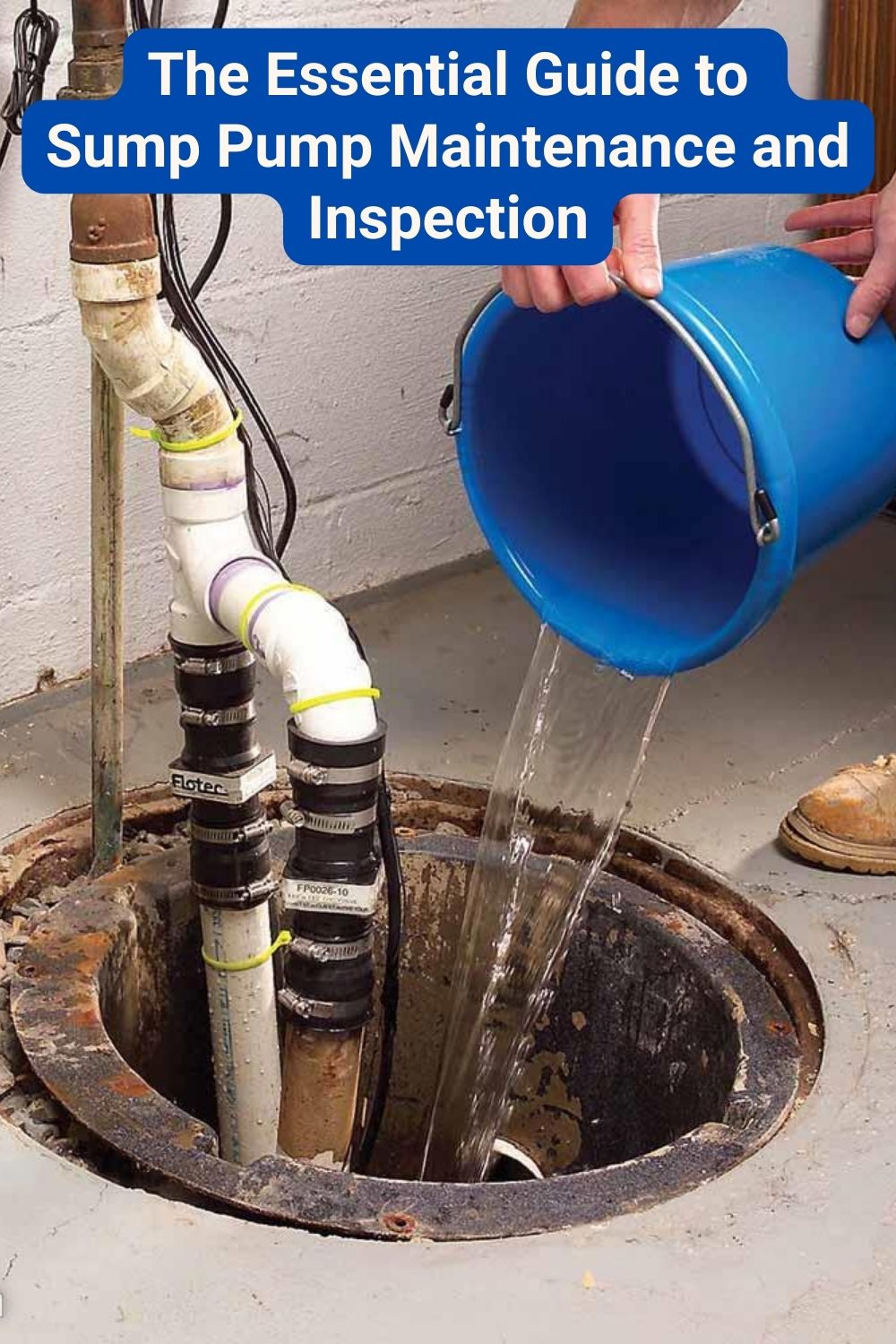The best wire cutting pliers are the go-to tools for slicing wires and cables. The common types of these tools include diagonal, flush, and long-nose, which are identified by the length and shape of their nose or tip. These pliers typically work on aluminium, copper, brass, and iron wires. They also have razor-sharp edges to cut various cables and insulated handles to prevent electrical shock.
If you are looking into buying wire-cutting pliers for your DIY project, you need to know the features that identify the best pliers. This way, you can better trim down your choices and purchase based on what suits your needs the most. And as such, here’s a DIYer’s guide to guide you in choosing the best wire cutting pliers.
Which Wire Cutters Are Best?
The cutting edge and tool leverage is the most important part of wire cutters, as they control how well you can cut and how long the tool will last. You should choose hardened wire cutter pliers, as these won’t go blunt as quickly as cheaper alternatives and will be able to cut through even hardened wire.

Wire Cutting Pliers by Maun
Furthermore, check the following criteria to help you decide which one is for you.
- Quality Of Parts: When picking the right tools, quality must always come first. To start, consider the durability of the jaws. These portions should be able to handle the edges when used in cutting and stripping wires. In addition, the jaws should adequately connect to the rivet so it can pivot quickly.
- Material: Although wire cutting pliers have different versions, the most durable types may be made from high-carbon steel. Generally, these are known for their corrosion resistance. They’re also known to have lower chances of cracking and chipping even when repeatedly used. Because of this, they could last longer than the other materials.
- Ease Of Use: Ideal wire cutters should be easy to use when you squeeze them despite cutting hard wires. Usually, the hinges move with ease when the handles are pressed. For better use, some DIYers apply a drop of oil into the hinges so they can turn perfectly.
- Safety Features: These generally refer to the pliers’ features that prevent cutting and electrocuting the user. Most pliers have insulated handles and guided edges, so they won’t work without applying enough pressure.
How To Choose The Best Wire Cutting Pliers?

Apart from other power tools necessary for every DIY project, you may also need cutting tools, such as a wire cutter. To help you narrow down your choices based on what would work best for you, here are some steps you can consider:
Assess Your Needs
Before heading to the hardware store and purchasing one, you’d want to assess your needs first. If you’re cutting metallic sheathed cables, you may think about picking pliers that could cut through even the most complex wires. If you’re cutting softer wires, more miniature pliers may be enough. Yet, if you’re considering multi-purpose cutters, you may opt for the sharpest and most prominent of your options.
Consider The Sharpness

Since these pliers are generally used for cutting wires, you need to consider the tool’s sharpness. You may try to cut it through sample wires to determine how sharp it is. You could also try wires of different sizes and hardness and other wire materials, such as copper and carbon steel.
Since the edges may wear and tear after many uses, you could also check ways on how you can hone them. Many DIYers use hand files with a fine texture to do this. They typically avoid coarser hand files as they can quickly thin out the edges.
Inspect The Parts
Although the pliers’ sharpness defines much of its use, you also need to check its various parts to determine its overall quality. Consider inspecting the handles to see if they have insulated covers. Additionally, you could opt for ergonomic handles for better use and aesthetic appeal.
Furthermore, you’d also want to check the tip or the nose. Some prefer to use those in twisting and creating loops for additional usage. You could also check the hinges to see if they work correctly and efficiently turn when pressed. For this purpose, you may look into the types and quality of the rivets used.
Lastly, you’d also want to consider if the parts and the cutting tool are easy to maintain. Check the parts to see if they’re lubricant-friendly and are appropriate for most tool maintenance methods, such as honing and cleaning.
Check For Durability

The wire cutter’s durability generally refers to the material’s hardness and its capacity to cut wires. If the tool remains functional after being used in thick and hard wires, they are likely more durable than the other options.
To ensure that the pliers remain durable for an extended time, consider choosing those with easy-to-fix features. For best cutting performance, you may select pliers with handles 4-5 ½ inches as they could optimize the cutting performance. In addition, they may provide better comfort when squeezed.
Read Product Reviews And Feedback
Reading reviews is one way of knowing how previous buyers perceived the products. In many cases, these can offer you an insight into the pros and cons of the wire-cutting pliers you wish to purchase. These may also contain information on how appropriate the products are in a particular project that needs wire cutting.
Usually, you can find these reviews right on the products’ website and social media platforms. In some cases, customers leave reviews in the bottom part of the pages.
Final Thoughts
The best wire cutting pliers are readily available on various websites and brick-and-mortar stores. Yet, the most suitable products may still depend on your immediate cutting needs and preference. And so, if you’re planning to do a DIY project, you may consider referring to the insights from this article.
While these points may not guarantee to find the perfect pliers, they may help you trim down your options. You may also ask seasoned DIYers about the top-of-the-line pliers for more ideas.





Leave a Reply